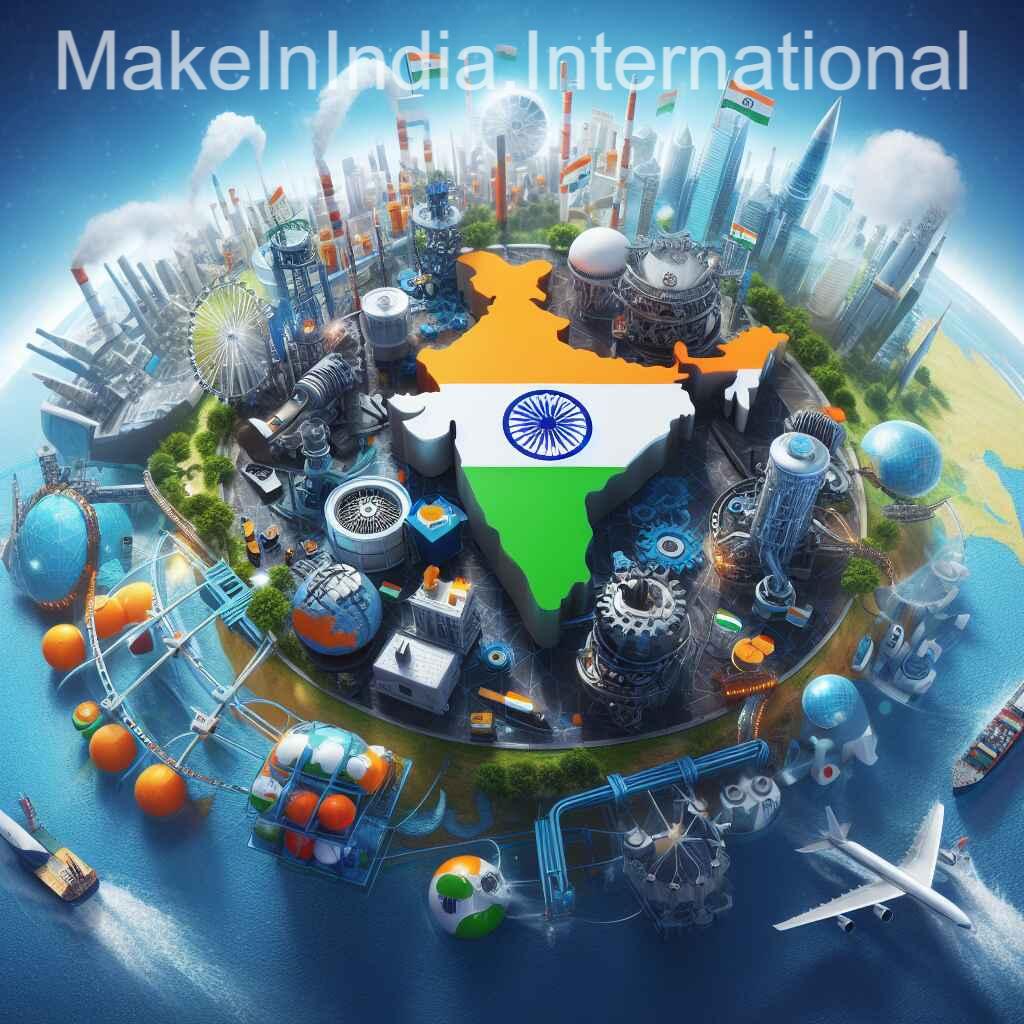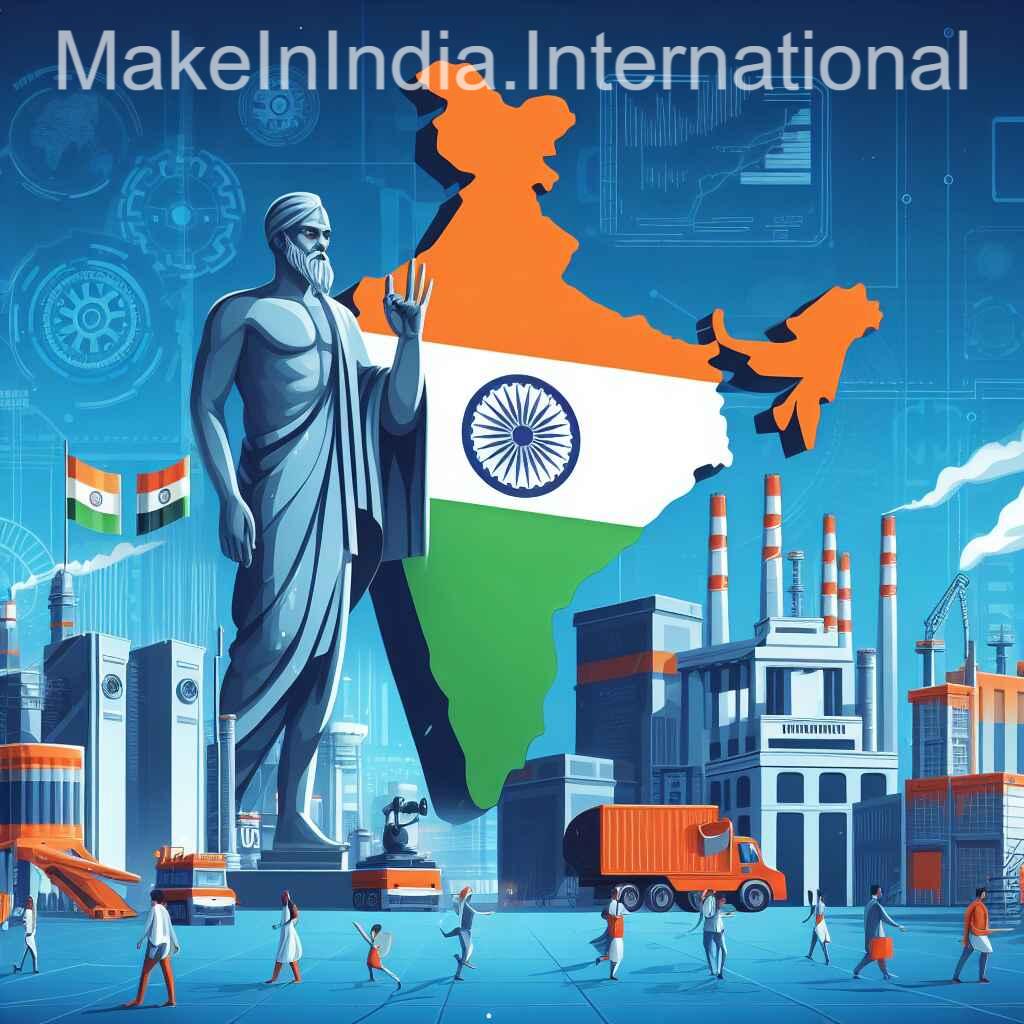The global trade winds are shifting, and India is not just catching the breeze; it’s building a sturdy vessel to navigate the choppy waters. At the heart of this resilience lies a focus on robust and adaptable supply chains, a strategic realignment that promises to reshape global trade dynamics.

Winds of Change:
- Geopolitical Tensions: Trade wars, political instability, and resource scarcity are disrupting traditional supply chains. India, with its stable democracy and diverse resource base, emerges as a promising alternative market and production hub. Imagine Indian factories humming with activity, fulfilling the needs of a world seeking reliable partners.
- Diversification: Beyond the Dragon’s Embrace: Over-reliance on single sources has exposed vulnerabilities. India, with its vast domestic market and strategic partnerships, offers diversification opportunities, mitigating risks and fostering balanced trade networks. Imagine Indian ports bustling with activity, ships laden with goods flowing east and west, no longer solely dependent on single routes.
- Digital Transformation: Technology is reshaping supply chains, with real-time data, blockchain, and AI optimizing logistics and enhancing transparency. India’s growing tech prowess and focus on digital infrastructure create a fertile ground for building smart and connected supply chains. Imagine warehouses humming with robots, data dashboards guiding logistics decisions, and seamless information flow across borders.
India’s Strategic Anchor:
- Infrastructure Development: Building modern ports, efficient transportation networks, and robust digital infrastructure is crucial. India’s ambitious infrastructure projects and focus on logistics corridors are laying the foundation for resilient supply chains. Imagine efficient highways crisscrossing the land, container trucks gliding through dedicated lanes, and ports equipped to handle global trade volumes.
- Ease of Doing Business: Streamlining regulations, simplifying procedures, and reducing bureaucratic hurdles are essential for attracting foreign investments and facilitating smooth trade. India’s ongoing reforms and focus on transparency are making it a more attractive destination for businesses. Imagine investors feeling welcome, paperwork reduced to a whisper, and businesses operating with streamlined efficiency.
- Skilling the Workforce: A skilled workforce is the backbone of resilient supply chains. India’s focus on vocational training, upskilling programs, and STEM education is creating a talent pool equipped to handle the demands of advanced logistics and manufacturing. Imagine technicians proficient in operating automated systems, data analysts deciphering logistics patterns, and engineers designing future-proof infrastructure.
Challenges on the Horizon:
- Infrastructure Gaps: While progress is being made, bridging the gap in port capacity, road networks, and digital connectivity remains a hurdle. Continued investment and public-private partnerships are key to realizing the full potential of India’s supply chain ambitions.
- Talent Mismatch: Skill development must keep pace with evolving needs. Focus on specialized training in areas like automation, data analytics, and logistics management is crucial to ensure the workforce matches industry demands.
- Geopolitical Uncertainties: Unforeseen events and international tensions can disrupt even the most resilient plans. Adaptability, diversification, and strong international partnerships are crucial to weathering these storms.
Anchoring a Sustainable Future:

India’s realignment of global trade dynamics through resilient supply chains is not just an economic win; it’s a commitment to a sustainable future. By adopting green technologies, promoting fair trade practices, and prioritizing social responsibility, India can anchor a trade ecosystem that benefits people and planet alike. Imagine Indian factories powered by renewable energy, ethical sourcing practices becoming the norm, and supply chains woven with the threads of sustainability.
Remember:
- This is a general overview. You can add specific examples of India’s infrastructure projects, initiatives to improve ease of doing business, and success stories of companies building resilient supply chains in India.
- Use metaphors and analogies related to sailing and navigation to make the narrative engaging and memorable.
- Include visuals like maps of India’s trade routes, infographics on infrastructure development, and images of smart ports and logistics facilities to illustrate the concept.
So, let’s raise the sails of India’s resilient supply chains, navigating the winds of change with strategic partnerships, robust infrastructure, and a skilled workforce. By anchoring in sustainability and fair trade practices, India can not only reshape global trade dynamics but also chart a course toward a more prosperous and equitable future for all.